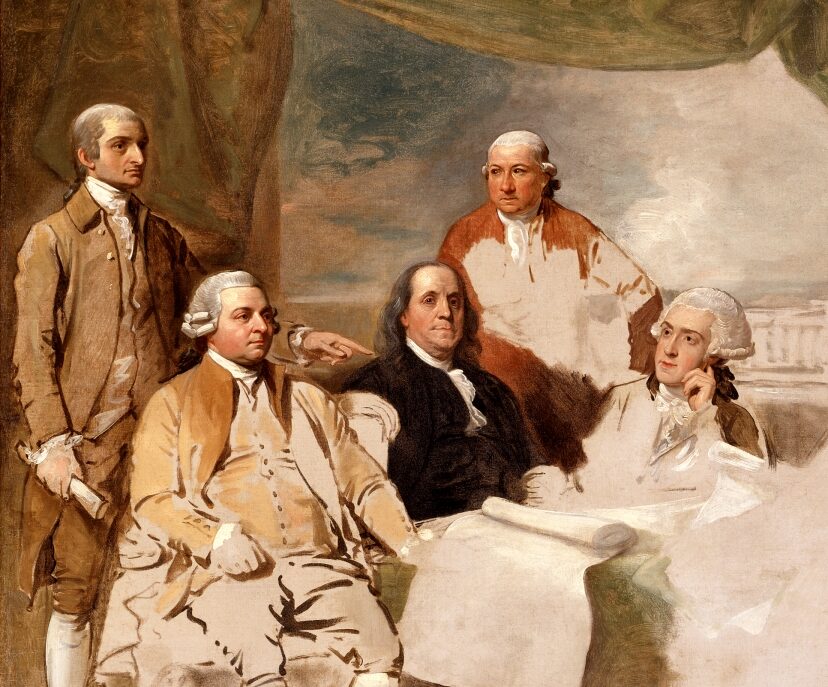“[President] Taft and [Secretary of State] Knox adopted the Dominican model to develop a policy called ‘dollar diplomacy,’ which they applied mainly in Central America. They sought to eliminate European political and economic influence and through U.S. advisers promote political stability, fiscal responsibility, and economic development in a strategically important area, the ‘substitution of dollars for bullets,’ in Wilson’s words. United States bankers would float loans to be used to pay off European creditors. The loans in turn would provide the leverage for U.S. experts to modernize the backward economies left over from Spanish rule by imposing the gold standard based on the dollar, updating the tax structure and improving tax collection, efficiently and fairly managing the customs houses, and reforming budgets and tariffs. Taft and Knox first sought to implement dollar diplomacy by treaty. When the Senate balked and some Central American countries said no, they turned to what has been called ‘colonialism by contract,’ agreements worked out between private U.S. interests and foreign governments under the watchful eye of the State Department. Knox called the policy ‘benevolent supervision.’ One U.S. official insisted that the region must be made safe for investment and trade so that economic development could be ‘carried out without annoyance or molestation from the natives.’ These ambitious efforts to implement dollar diplomacy in Central America produced few agreements, little stability, and numerous military interventions.” –George Herring, From Colony to Superpower (2008), p. 373

Leave a Reply